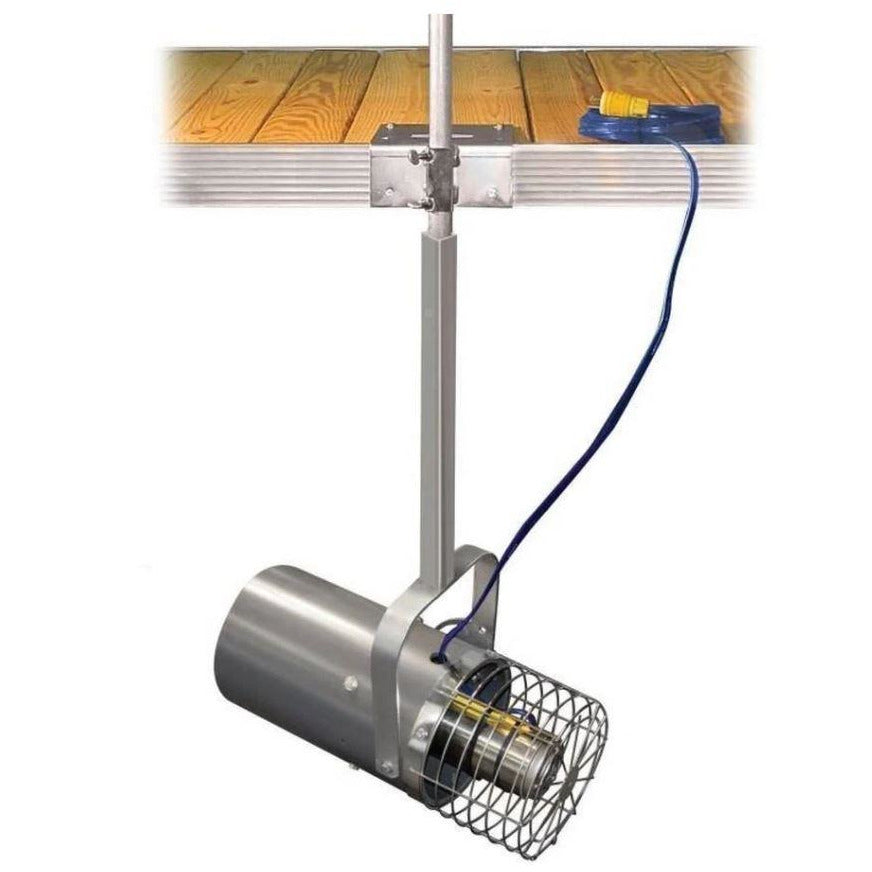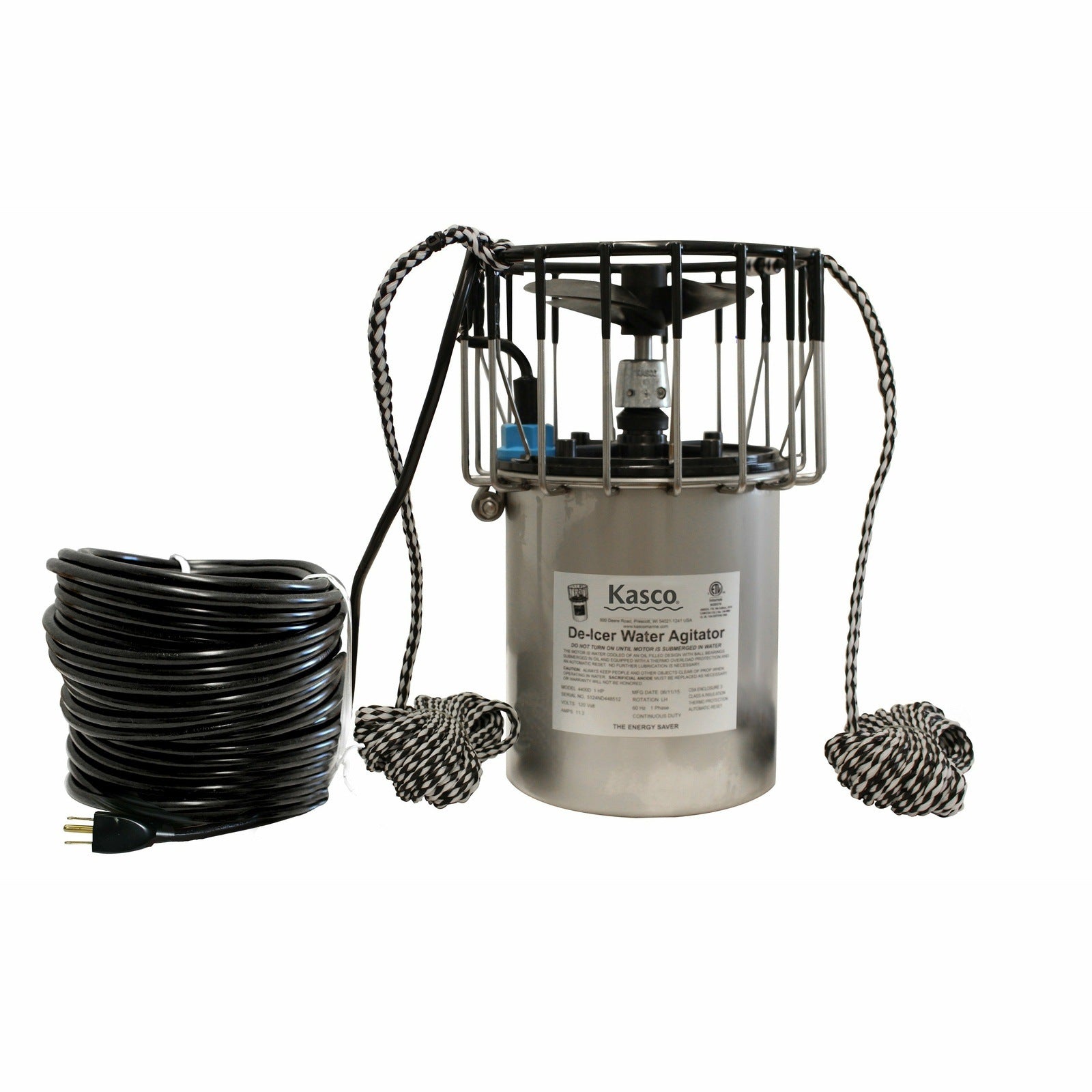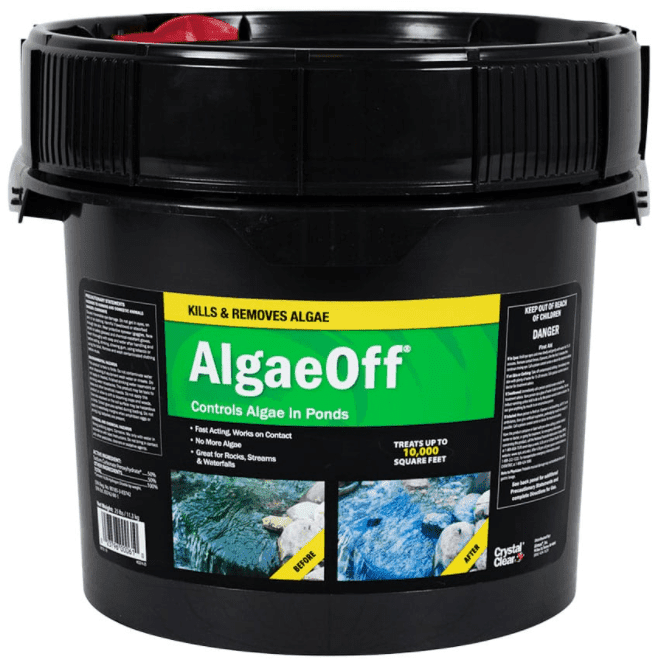If you own a pond or plan to, you’ve likely seen koi fish gliding in the water. They're calm, bold, and full of color. But one common question we often hear is: Do koi fish have teeth? The short answer is yes. Koi fish have teeth but not where you’d expect.
Where Are the Teeth?
Koi don’t have teeth in the front like people or other animals. Instead, their teeth sit at the back of their throat. These are called pharyngeal teeth. You won’t see them unless you're looking deep inside their mouth. Even then, they’re small and flat.
These teeth help koi grind their food. They act like tiny molars. Koi don’t bite or tear food. They crush and chew instead.
Do Koi Fish Bite?

This is a big worry for first-time pond owners. But you can relax koi fish don’t bite. Since their teeth are far back, they can’t use them to nip you. Even when feeding by hand, all you might feel is a soft bump or a little tickle.
Koi are calm by nature. They don’t attack or act in anger. Most koi get used to people and even look forward to feeding time.
What Do Koi Use Their Teeth For?
Their teeth help break down food into small bits. This helps with digestion. Koi eat a mix of soft and tough foods like:
- Algae
- Insects
- Worms
- Crustaceans
- Plant roots
The teeth grind the shells of bugs and snails. This way, the koi can get to the good stuff inside.
Koi teeth fall out and grow back over time. It’s normal to find tiny white pieces at the bottom of your pond. Don’t worry those are just old teeth.
Feeding Tips for Koi Owners
Feeding koi fish seems easy but doing it right makes a big difference. The right food, time, and method all affect their health, color, and pond life.
When koi eat well, they grow fast, stay strong, and show bright colors. Poor feeding can cause stress, illness, or bad water.
Use food that’s made for koi. It should be full of:
- Protein
- Vitamins
- Color boosters
- Easy-to-digest grains
You can check our DIY pond kits to set up the perfect home for your koi or browse pond aerators to keep the water fresh.
Best Feeding Practice:
1. Choose Quality Food
Use food made for koi fish. Pick pellets or sticks with protein, vitamins, and color boosters. The food should float this helps you watch what they eat.
2. Watch the Weather
Feed based on the season.
- Spring/Summer: When the water is warm (above 60°F), feed 1–2 times daily.
- Fall: As water cools (below 60°F), reduce feeding.
-
Winter: Stop feeding when water drops below 50°F. Koi can't digest food well in cold water.
3. Use the Right Amount
Only feed what your koi can eat in 3–5 minutes. Leftover food sinks and harms water. It can also cause algae or raise waste levels.
4. Feed at the Same Time
Stick to a schedule. Koi learn fast. If you feed them at the same time each day, they’ll come to greet you. It builds trust and helps you spot problems early.
5. Try Hand Feeding
Once koi get used to you, try hand feeding. Hold a few pellets close to the surface. They may come up and take them gently. It’s safe, fun, and helps you bond.
6. Add Fresh Treats
Now and then, offer soft treats. Try:
- Sliced oranges
- Watermelon bits
- Cooked peas
- Leafy greens (like lettuce)
Always cut treats small. Remove any uneaten bits after feeding.
7. Change Food by Season
Use high-protein food in warm months to help with growth. In cold months, switch to wheat germ-based food. It’s easy to digest and safer when their system slows down.
8. Keep Water Clean
Feeding affects pond water. Overfeeding leads to cloudy water and poor health. Use a pond aerator or fountain to help keep water fresh and full of oxygen.
Want more tips? Read our full guide on how to care for your koi pond.
Can Koi Fish Eat From Your Hand?
Yes, they can! With time and patience, koi fish will learn to eat right from your palm. Feed them at the same time each day. Keep still. Once they feel safe, they’ll come close. This makes pond care more fun and helps you watch their health up close.
Don’t be afraid to build that bond. Koi are smart and curious. Some may even follow your shadow near the pond edge.
Koi Fish and Pond Health
Koi teeth play a small part in the big picture of pond health. Still, the pond must be clean and well-balanced.
Use a pond fountain or aerator to boost oxygen. That helps with digestion and keeps fish active. Also, good water flow keeps algae in check.
If you’re fighting algae, check our post: Fish That Eat Algae in Ponds.
Final Thoughts
So yes, koi fish have teeth but don’t let that scare you. Their teeth are hidden, used for food, and not a threat. Knowing how they eat helps you care for them better.
FAQs
1. Can you see koi fish teeth?
No, koi teeth are not visible from the outside. They are deep in the back of the throat, so you won’t see them unless you inspect very closely.
2. Do koi lose their teeth?
Yes, koi shed their teeth naturally over time. New teeth grow back. If you spot small white specks in the pond, they might be old teeth.
3. Are koi teeth sharp?
Not at all. Koi teeth are flat and smooth, like tiny molars. They’re made for grinding food—not for biting.
4. Can koi bite your finger?
No. Koi can’t bite your finger. Their teeth sit too far back, and they have no front teeth. Hand-feeding is safe.
5. How many teeth do koi have?
Koi don’t have a fixed number of teeth. The count may change during their life as they grow, shed, and replace them.
6. Do all fish have teeth like koi?
Not all, but many freshwater fish like goldfish have similar pharyngeal teeth. These help with chewing, especially in fish that eat plants or shells.
7. What should I feed koi to help their teeth and health?
Feed koi a balanced diet with protein, color enhancers, and vitamins. Use quality koi pellets and avoid overfeeding.













